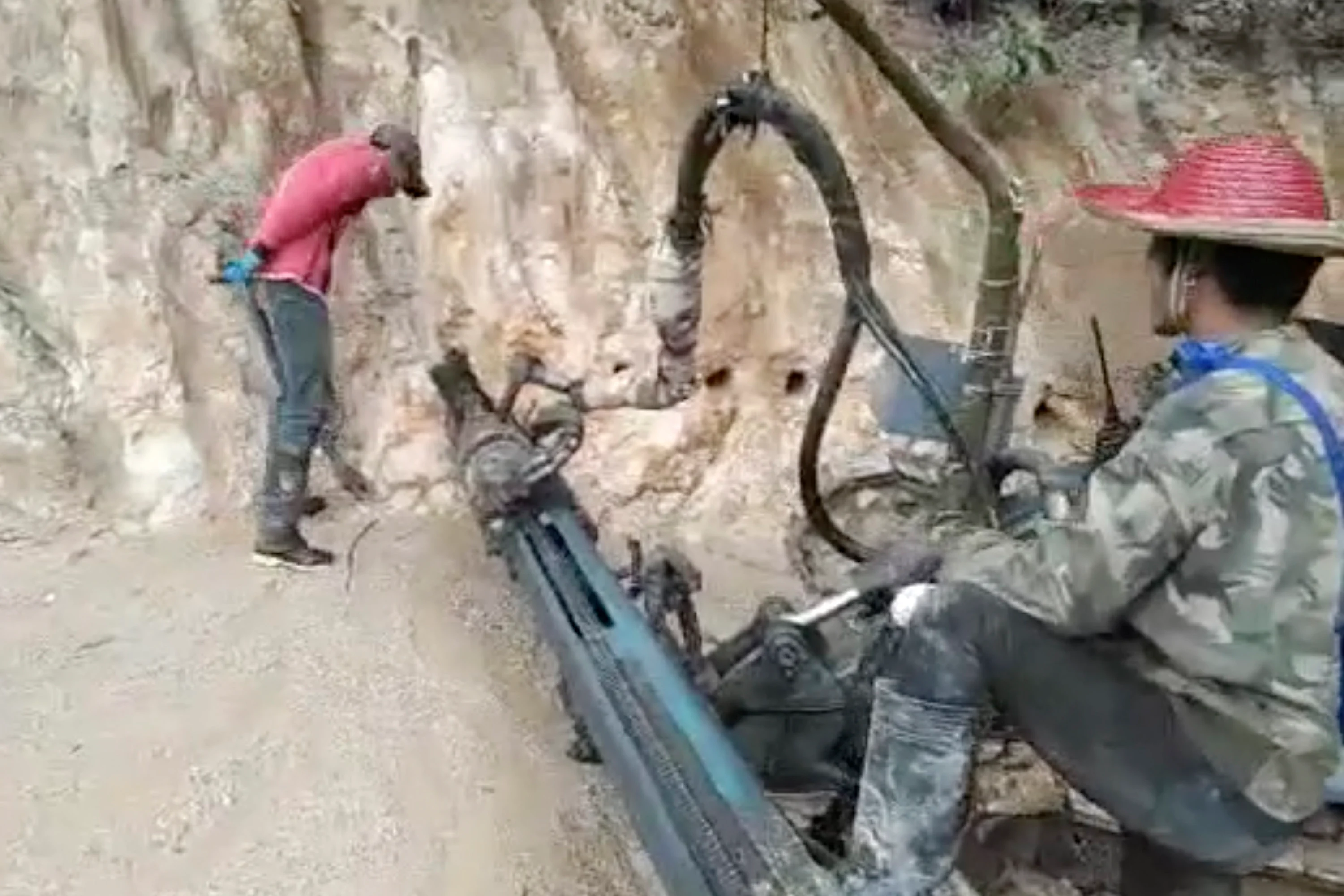By Maria Siow
Copyright scmp

India and the United States are exploring ways to tap Myanmar’s rare earth reserves, with New Delhi reportedly in talks with a powerful rebel group and Washington considering working with either opposing side of the country’s civil war, as they seek to diversify their sources for the crucial minerals.
But analysts say their plans face formidable challenges, including risks from the ongoing conflict, treacherous terrain, and potential resistance from China, the dominant global supplier of rare earths and a crucial economic partner for Myanmar.
India’s mines ministry has asked state-run and private companies to explore collecting and transporting rare earth samples from Myanmar’s northeastern Kachin state, according to a Reuters report last week, citing sources familiar with the matter. The area is under the control of the Kachin Independence Army (KIA), one of Myanmar’s most powerful armed ethnic groups.
Washington, meanwhile, has received at least two proposals concerning rare earth exploration in Myanmar, according to earlier reports. One involves engaging the military junta that seized power in a coup in 2021, while the other proposes direct negotiation with the KIA.
Rare earths are highly sought after as they are essential for the manufacturing of tech, industrial and consumer products such as electric vehicles, wind turbines, smartphones and advanced medical equipment. The market for the elements is challenging as they are difficult and expensive to extract and process, and is further complicated by the spillover effects of the trade war between China and the US.
Myanmar’s Kachin state, near the border with China, is a global hub for rare earth minerals.
Adam Simpson, visiting scholar at the Centre for Southeast Asian Studies at Kyoto University, said India was likely more advanced than the US in its efforts to extract rare earths from Kachin, but it was “still a long way from achieving any significant progress”.
Apart from geographical considerations, India may find the logistical task of getting supplies from the rare earth hotspot of Chipwi, a town in Kachin near Myanmar’s Chinese border, “difficult and tortuous” due to the steep mountains and valleys in a region controlled by various armed groups.
“KIA exports south on the easier geographical path via land controlled by the Myanmar military are not conceivable” in the absence of a ceasefire in the civil war, which was unlikely any time soon, Simpson said.
Apart from limited knowledge and capacity to process rare earths outside China, the US and India could also face substantial opposition over pollution concerns, according to Simpson.
“China would also be hesitant, to say the least, to allow rare earths to be exported from under its nose near its border with Myanmar,” said Simpson, who is also a senior lecturer at the University of South Australia.
In addition to importing most of Myanmar’s raw rare earths, China has invested heavily in its mining sector and controls almost all the global market for rare earth processing.
Jason Tower, an independent analyst, said given the logistical challenges and the conflict along the China-Myanmar border, it was highly unlikely that India could receive rare earths “in significant quantities” from the mines in the town of Pangwa within Chipwi.
“A more critical issue at the moment is how the minerals can be mined sustainably, and how the environmental and human health crisis caused by over a decade of irresponsible mining practices can be addressed,” Tower said.
The KIA had been grappling with these issues while facing pressure from China to resume mining operations after the group retook Pangwa in December during an offensive against the military, he added.
Hunter Marston, an adjunct fellow with the Washington-based Centre for Strategic and International Studies’ Southeast Asia programme, said there was no practical way of extracting rare earths in Myanmar without China’s involvement.
“If the goal is cutting China out and scoring points with Naypyidaw, the whole idea is dead in the water,” Marston said.
Billy Ford, a fellow at the Southeast Asia Peace Institute, said given its clout in the rare earth industry, China would likely “defend that position vigorously”.
“Any serious bid to diversify supply away from China would almost certainly trigger strong Chinese pressure on the KIA,” Ford said.
Nonetheless, Marston said India had considerable influence over the Myanmar military and contacts within the KIA. “[India] has the knowledge and influence to pull off such a deal where the US does not.”
Marston, however, warned that any move by Washington and New Delhi to cut deals with the KIA or the military would prolong the conflict and perpetuate the cycle of environmental destruction.
Washington’s interests in Myanmar’s rare earths would also undermine its willingness to speak out against the “sham election”, Marston said, referring to the military-organised polls that are scheduled to begin in December.
“India has already voiced tentative support for the polls, so Delhi has blood on its hands as well,” Marston said.
According to Ford, Kachin leaders had provided Indian mining companies with rare earth samples during “very preliminary” meetings between Indian officials and the KIA in recent months.
There were even discussions between both sides on reviving the wartime Stilwell Road that once linked India to northern Myanmar’s mining areas, while the US chargé d’affaires for Myanmar also recently travelled to Kachin state, Ford said.
A key military supply route built by the US to deliver vital supplies to Chinese forces resisting Japan during World War II, Stilwell Road linked India’s Assam state through Myanmar to Kunming in China.
Despite the outreach by Washington and Delhi, it is Myanmar’s military junta rather than the insurgents that holds the cards regarding any talks on trade and the civil war, according to Ford.
“In any future negotiations, the junta would likely fall back on its familiar playbook: trading economic concessions – whether licences for drug trafficking, cyberscams, or rare earth mining – in exchange for ceasefires or disarmament.”



